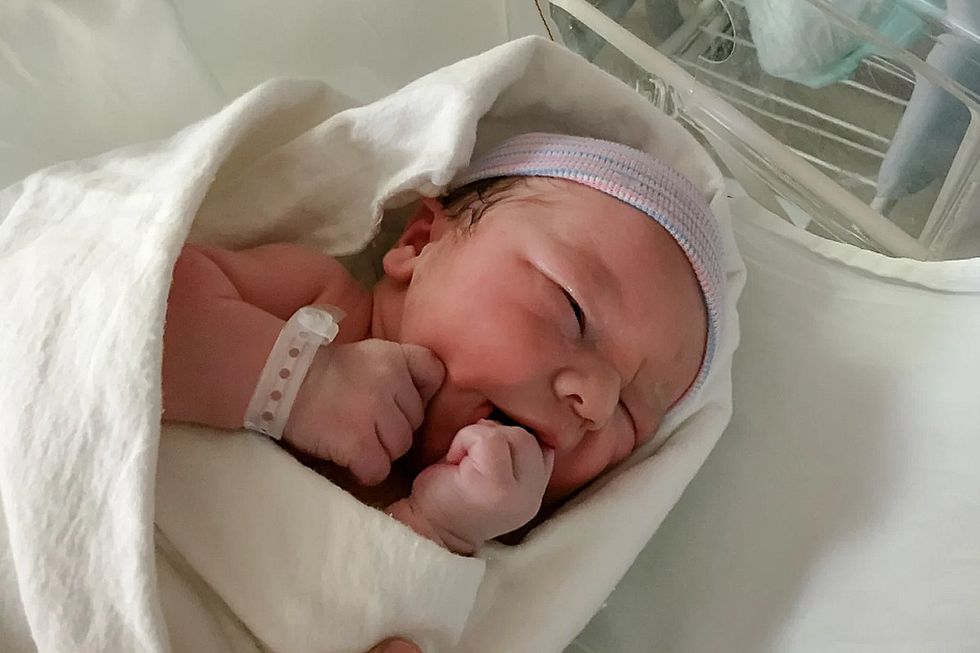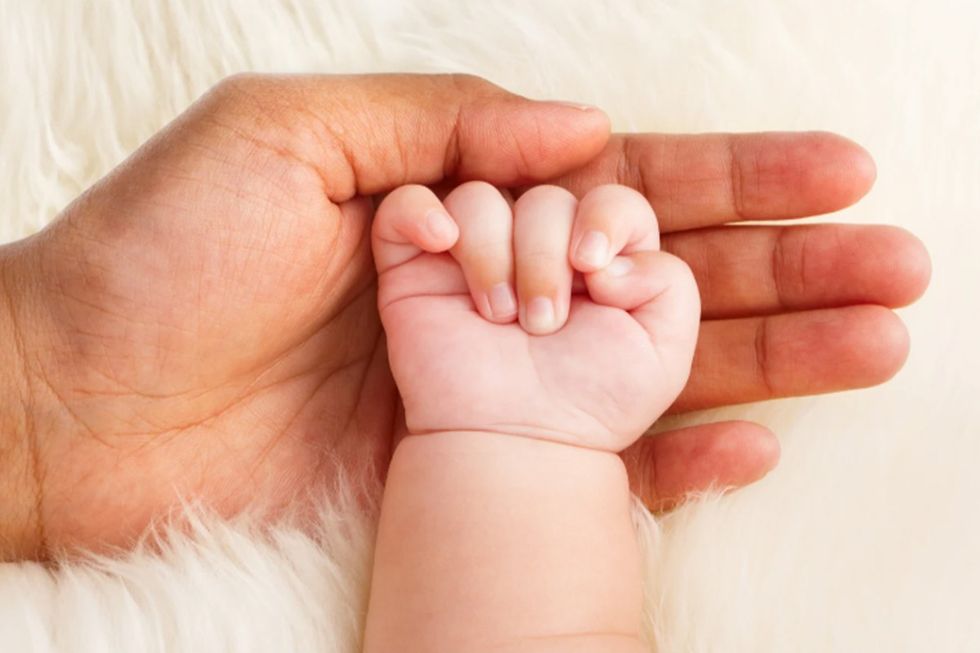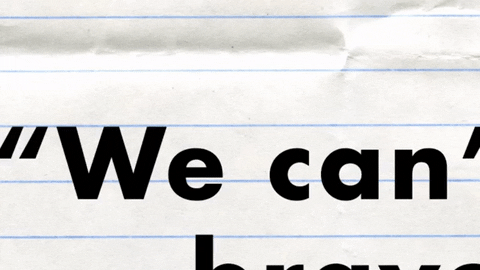By Cameron Glover
What do we do when a student misbehaves? Traditional methods of discipline — like reprimanding, detention, or suspension — may not actually solve the problem. Those approaches usually fail to produce long-term solutions, making it more likely for students to disengage or drop out altogether.
Restorative justice is becoming a more recognized approach, particularly in education. In schools, it’s leading to more engaged, passionate, and community-focused students. But what exactly is restorative justice? In short, it’s a collaborative alternative. “Restorative” here means putting more focus on repairing the harm caused by an incident than on punishing the guilty parties.
Schools are beginning to use this method to empower students as self-advocates and problem-solvers. One school committed to this transformative approach is XQ Vista High School in Vista, California. Vista High has taken steps to employ restorative justice in its educational framework and has seen a real improvement in its student body.
[quote position="full" is_quote="true"]Incorporating this approach to handle missteps and behaviors helps to bring self-awareness, ownership, and self-responsibility to students.[/quote]
Vista High puts focus on the students’ abilities to self-improve and advocate for themselves by relying on cooperative problem-solving. It might be in the form of peer mediation, restorative circles (where a student that has harmed others sits in a circle, hearing the voices of those they have harmed), or group discussions. Doing things this way aims to encourage students to do better without relying on the shame of their past actions to eclipse their chances for retribution.
Craig Gastauer, curriculum and instruction lead at Vista High School, spoke about what led to the school’s switch from traditional techniques to a restorative justice model. “Students do not always understand how to communicate their discomfort, stress, or anxiety and, as a result, cannot focus as intently on their learning when these factors are in the forefront of their minds,” he explains.
“Restorative practice is about building relationships and developing a community to help ensure that every student knows they are an important part of a caring community,” he adds.
By pivoting to a community-based approach, students feel more invested in both their education and their peers. “Students understand that their actions impact the community and the relationships around them,” Gastauer says. “Restorative practices build healthy communities, increase social capital, reduce the impact of crime, decrease antisocial behavior, repair harm, and restore relationships.”
The results haven’t just affected students; the environment has been better for educators, too. As one teacher at Vista describes it, “it feels like family in the classroom.” This increased sense of safety and trust promotes empathy from teachers — a key component of student success. This, along with an emphasis on collaboration, encourages everyone to build on their strengths in order to uplift the community rather than just the individual.
[quote position="full" is_quote="true"] When we see restorative justice in the classroom, success becomes a collective endeavor.[/quote]
“The essence of restorative practices is simple: Human beings are happier, more productive, and more likely to make positive changes in their behavior when those in positions of authority do things with them rather than to them or for them,” Gastauer says.
Though it may be a new term for some, restorative justice’s potential for engaging and energizing students, particularly those who are struggling, is promising to say the least. After all, when students — like those at Vista — are given the opportunity to learn from their mistakes, a real transformation can happen. For students’ positive growth as well as their transition into the broader community, restorative justice may have a place in education for years to come.
















 Representative Image: It take a special kind of heart to make room for a seventh child
Representative Image: It take a special kind of heart to make room for a seventh child  Representative Image: It take a special kind of heart to make room for a seventh child
Representative Image: It take a special kind of heart to make room for a seventh child 
 Visualization of a black holeImage via Canva
Visualization of a black holeImage via Canva

 Speaking in public is still one the most common fears among people.Photo credit: Canva
Speaking in public is still one the most common fears among people.Photo credit: Canva muhammad ali quote GIF by SoulPancake
muhammad ali quote GIF by SoulPancake

 Let us all bow before Gary, the Internet's most adventurous feline. Photo credit: James Eastham
Let us all bow before Gary, the Internet's most adventurous feline. Photo credit: James Eastham Gary the Cat enjoys some paddling. Photo credit: James Eastham
Gary the Cat enjoys some paddling. Photo credit: James Eastham James and Gary chat with Ryan Reed and Tony Photo credit: Ryan Reed
James and Gary chat with Ryan Reed and Tony Photo credit: Ryan Reed